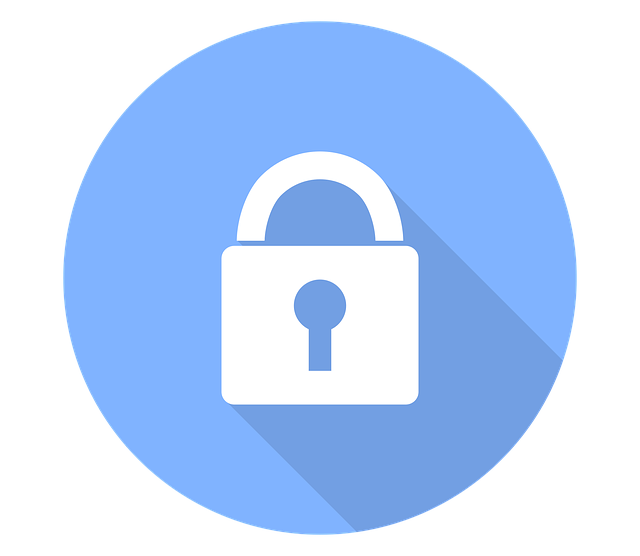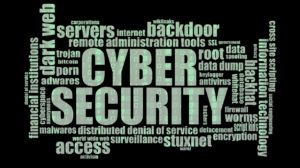According to Cisco’s Annual Cybersecurity Report for 2018, as many as 42% of organizations were victims of burst attacks in 2017, and the risk of cyber attacks, malware, and hacking attempts have continued to increase dramatically over the past 11 months.
Despite the significant resources that have been poured into global cybersecurity initiatives by governments, private companies, and security watchdogs, malware continues to grow more vicious and harder to control, and hacking and surveillance initiatives are affecting businesses at the highest levels.
Furthermore, as the Cisco report noted, smartphones are the number one most difficult type of device to defend. Given the huge amount of business that gets conducted via mobile every single day, protecting email communications sent by individuals on the go may be a key area where more protection is needed, and could play a major role in curtailing the skyrocketing rates of cybercrime.
For years, one of the most effective instruments for protecting digital communications on mobile devices and computers alike has been encryption software. Encrypted emails can still be intercepted, but third parties are unable to read or understand them without the encryption key, which only the receiver is able to access.
But as threats evolve, encryption needs to evolve to meet it; solutions that worked even two or three years ago need to be updated if they are to remain efficacious.
In this changing cybersecurity landscape, one of the most significant new developments in the realm of encrypted messaging technology was the launch of ChatMail Secure’s ChatMail Advanced Messaging and Parsing Protocol (CAMP) earlier this year. Phones equipped with CAMP have access to one of the strongest encryption protocols currently available, as CAMP uses both traditional PGP and Elliptical Curve Cryptography.
When it comes to managing the all-important key exchange that allows users to decrypt emails that have been sent to them, CAMP devices utilize the Double Ratchet Algorithm. This combines the cryptographic ratchet based on the Diffie-Hellman key exchange, and another ratchet based on the key derivation function.
CAMP’s next-generation cryptography means that users can communicate with an expanded range of encrypted contacts, while always defaulting to the most secure encryption option available.
But this protocol has also garnered accolades for its ease of use: unlike many other encryption software providers, ChatMail users don’t need to choose between security and functionality. The CAMP protocol empowers encrypted chat messaging, voice messaging, and image messaging, and utilizes a seamless, intuitive interface that makes encrypted communication easy.
It also makes group chat with up to 32 individuals possible, and administrators can even opt to use anonymous group chat, which means only the administrator knows the identities of the people in the conversation.
These innovations have major implications for the future of encrypted messaging, and are already bearing fruit for organizations that want to ensure their communications are protected by the most powerful encryption protocols available.
Cyber crime shows no signs of slowly down in 2018, and businesses and organizations that want the gold standard of protection should consider switching to ChatMail Secure’s CAMP protocol for a more secure and more usable encryption software.





